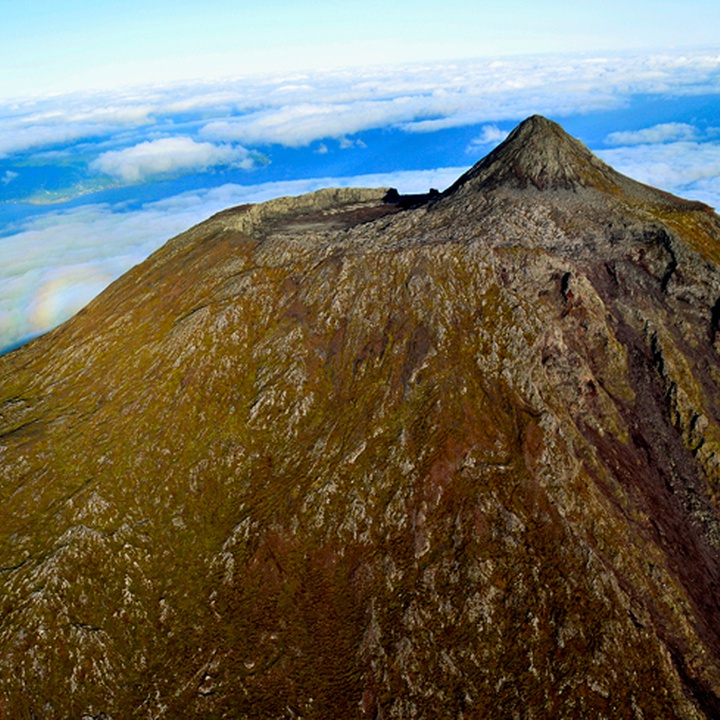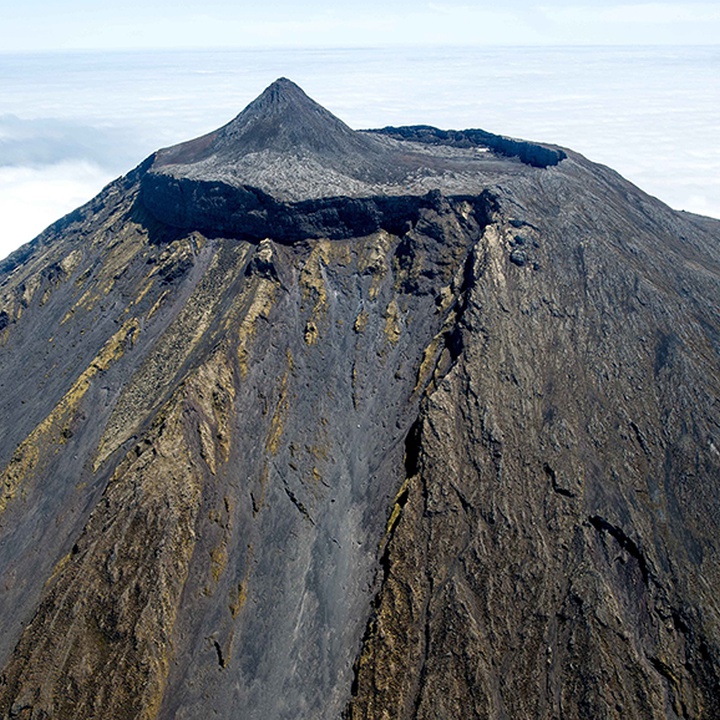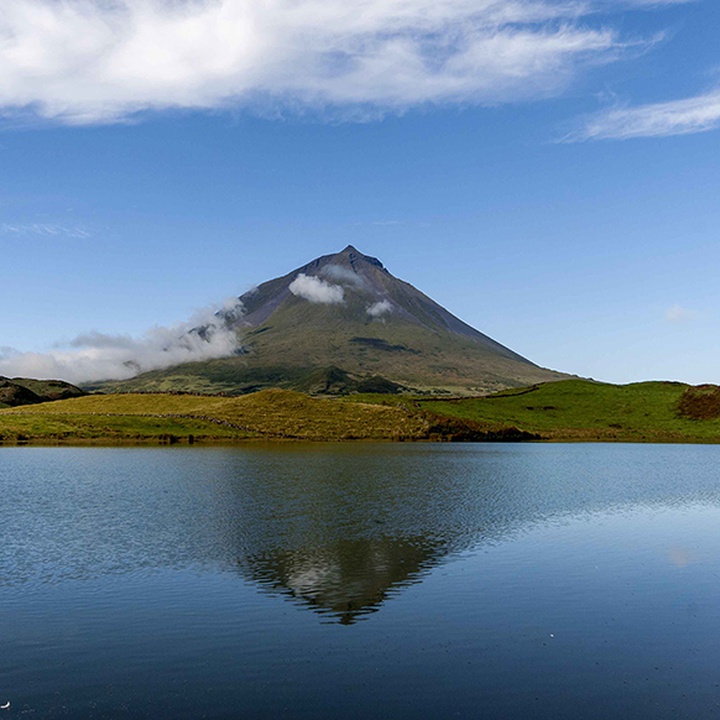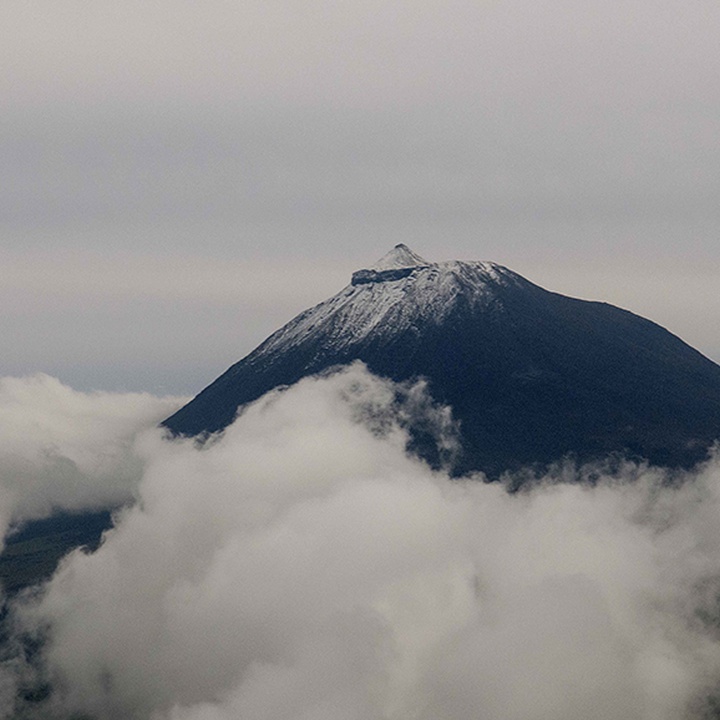Text size:
Montanha do Pico
Nature Reserve
Pico Mountain is the highest point of Portugal and the third largest volcano of the North Atlantic Ocean.
It corresponds to a stratovolcano with a height of 2351 metres above sea level and about 3500 metres above the oceanic platform of the Azores, which supports alpine and subalpine habitat, subjected to prolonged snow deposits, on which are several flora species that, over time, have adapted to the adverse conditions of the mountain.
During the mountain’s edification process, occurred several eruptions on its flanks, mainly effusive. There were also secondary eruptions, although in smaller number, predominantly strombolian, which originated several levels of pyroclasts.
Regarding flora, in the zone above 1800 metres, the main species are the Thymus caespititius, the Calluna vulgaris and the Daboecia azorica, and, at 2200 metres of altitude, it is possible to find Silene uniflora ssp. cratericola, an endemic subspecies of this Nature Reserve.
Due to its geological, biological and heritage richness, Pico Mountain was classified as Integral Reserve in 1972, becoming one of the oldest protected areas of Portugal, and was reclassified as Nature Reserve in 1982.
This protected area, with about 1341 hectares, belongs to the Montanha do Pico, Prainha e Caveiro Special Area of Conservation (SAC) within the Natura 2000 network and is a priority geosite of international importance of the Azores UNESCO Global Geopark. The Pico Island Volcanic Landscape (that includes Pico Mountain) was elected one of the 7 Natural Wonders of Portugal in 2010.
For more information about climbing the Mountain, click here.






